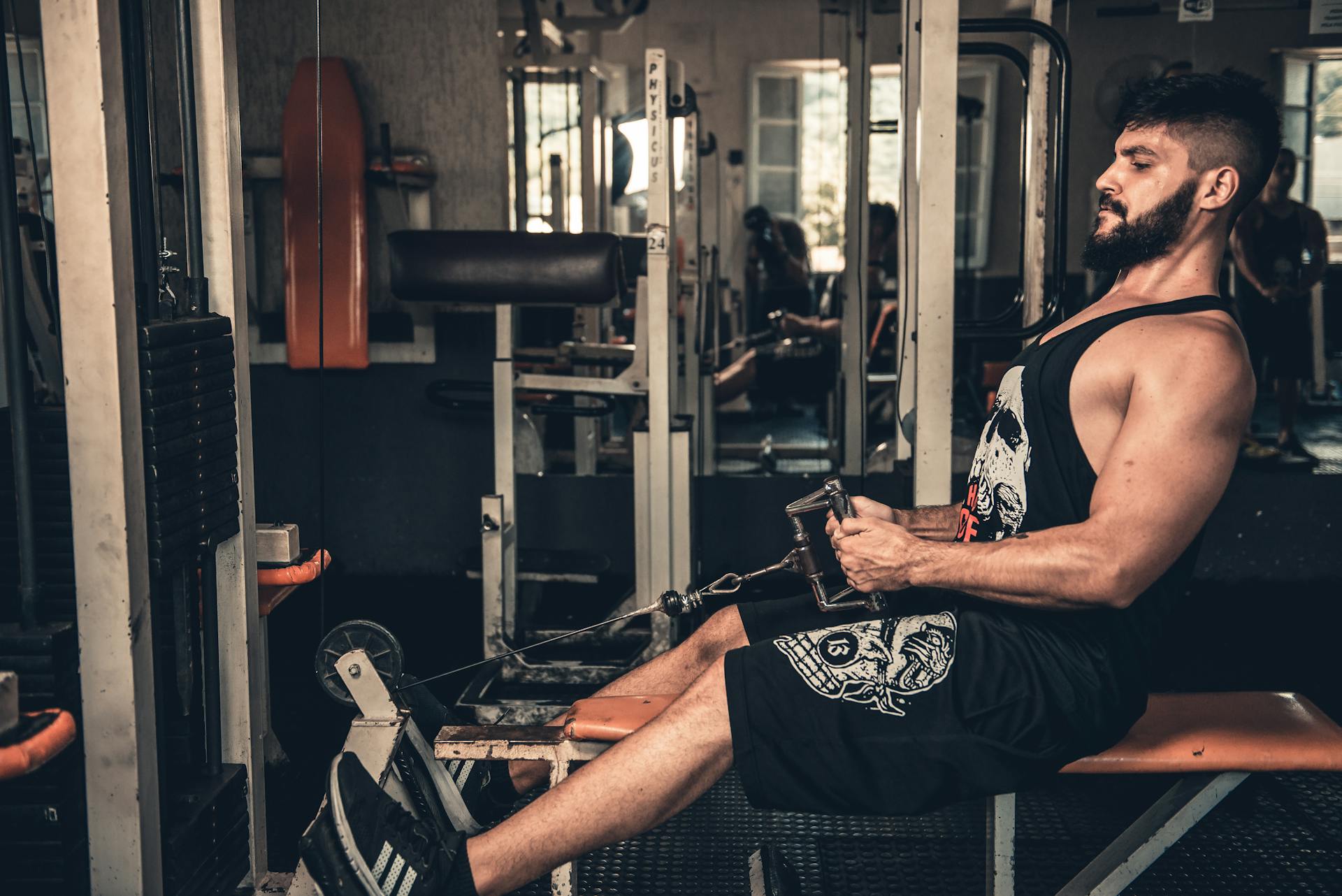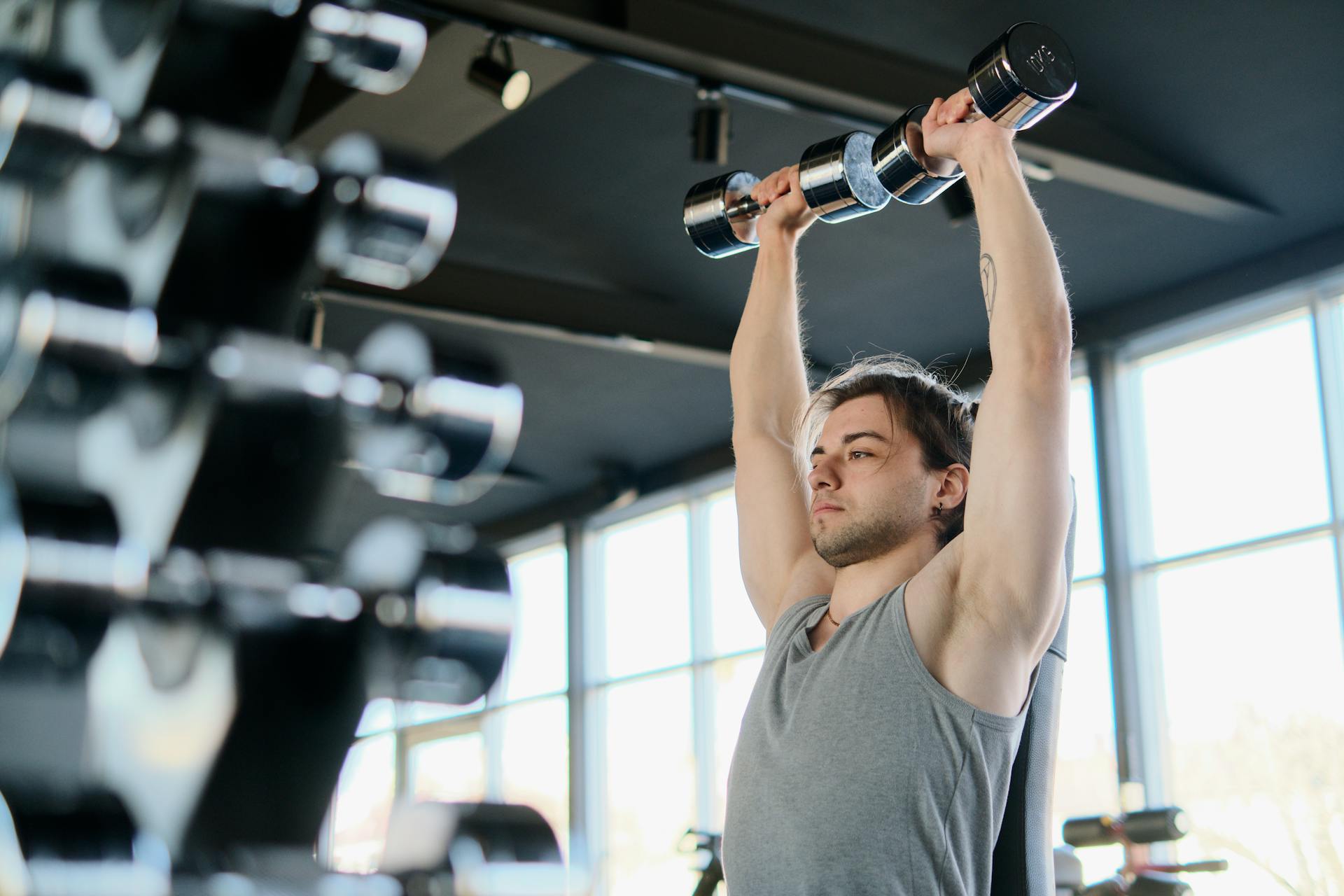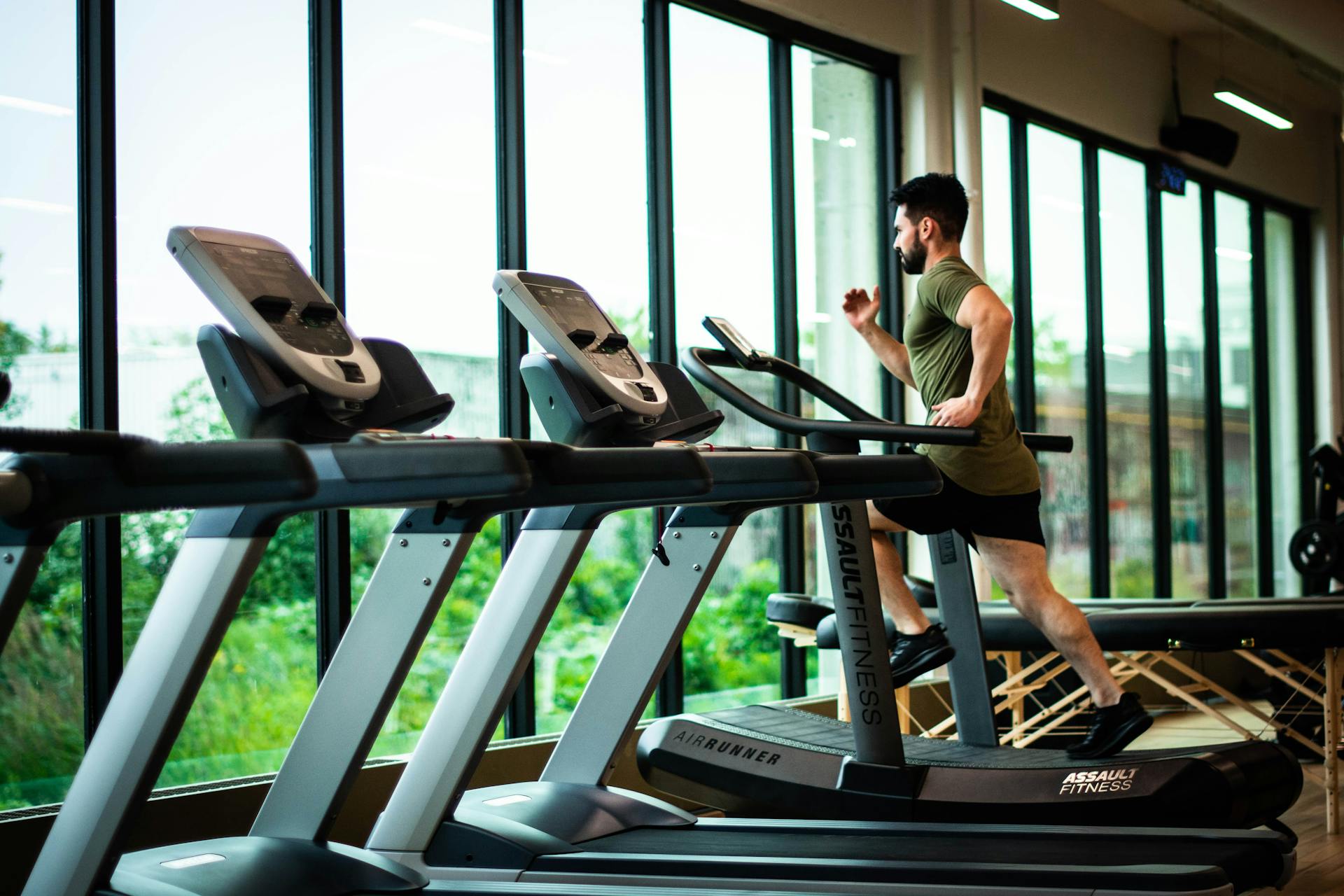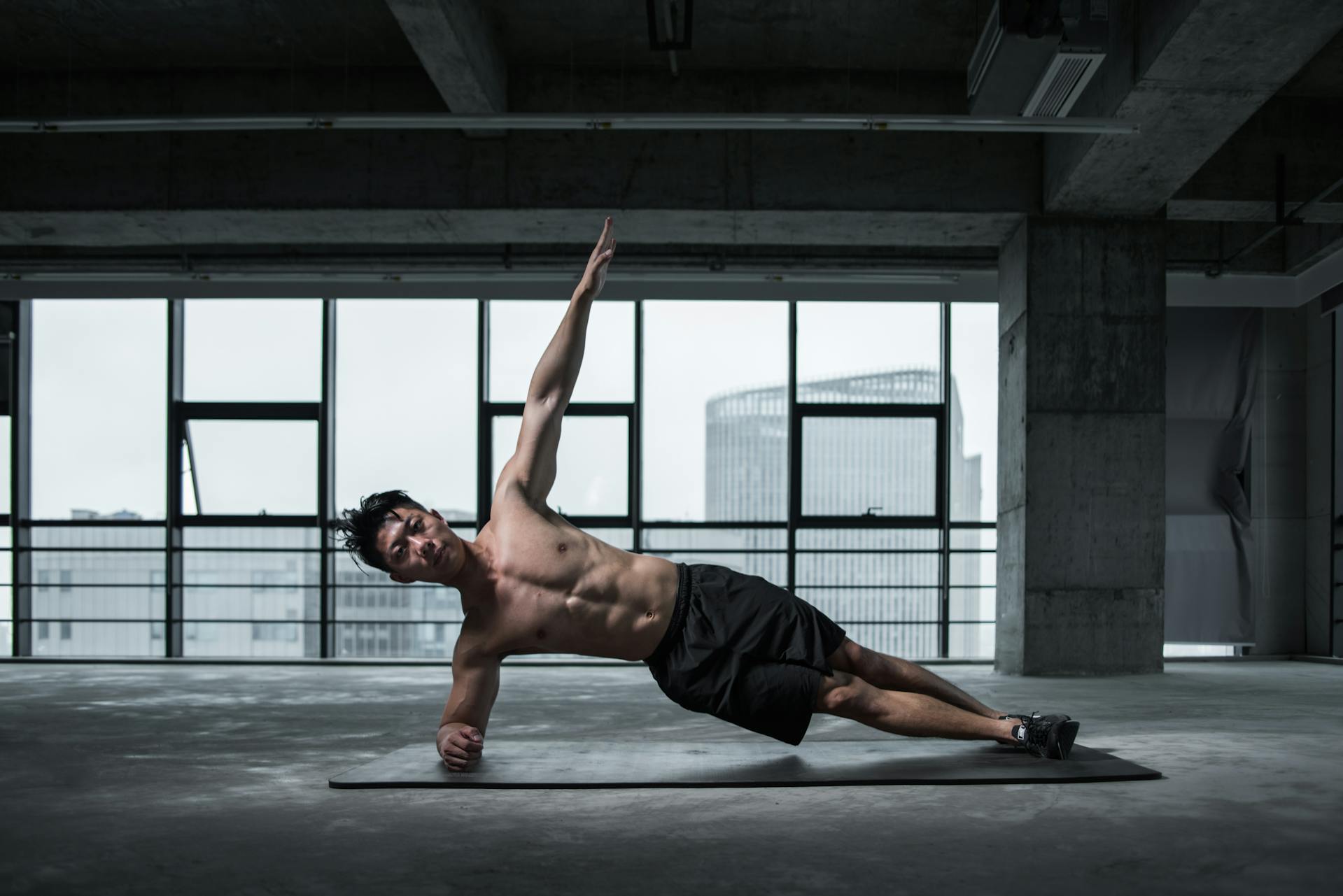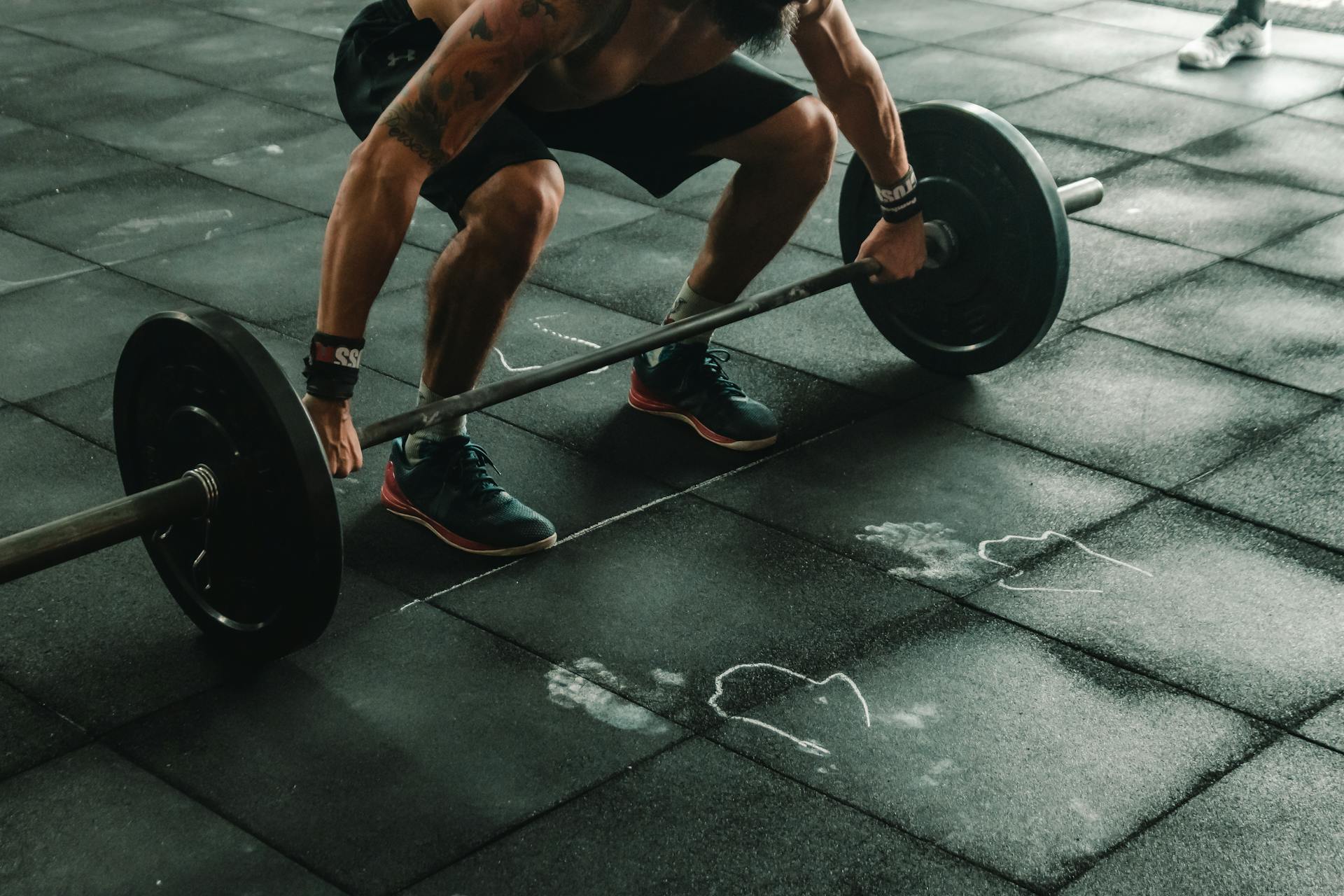When you first turned pro, I remember that your chest was lagging behind your shoulders and arms. Over the years, you definitely brought it up to match. What were some of the things you did to accomplish that?
I don't train with Sibil Peeters anymore, but I do give her a lot of credit for helping me improve my chest in the first few years I was a pro. We did a few different things. You can't use the same workouts or techniques for very long, especially when you are dealing with a stubborn muscle group that hasn't been responding to standard types of workouts. Here are some of the methods we used that got my chest growing:
DROP SETS
For this workout, every set is a drop set after we have warmed up. This gets increasingly difficult as the workout goes on, because the pump is so extreme.
GIANT SETS
Here we do three exercises in a row, with no rest in between. A typical giant set for chest might be: Incline Barbell Presses Incline Dumbbell Flyes Seated Bench Press Machine
MUSCLE CONFUSION
This involves doing a different rep range for every set of an exercise, but it's not pyramiding up or down in a steady manner. Instead, we go back and forth between heavy and more moderate weight from set to set, which really stimulates the chest in a way it's totally unaccustomed to. If you think it sounds silly, go ahead and try it and you'll change your mind!
SET 1: 15 reps
SET 2: 6 reps
SET 3: 12 reps
SET 4: 8 reps
SET 5: 10 reps
SET 6: 5 re
HARDCORE This is a very intense way to train. We combine drop sets and forced reps. The first three out of four sets for an exercise are drop sets, and the last one is taken past failure with forced reps. I actually go even further past failure, by not ending the set until I can't even lower the weight under control anymore. If you choose to try this, it's very important you have a good spotter— preferably a strong one. I usually have two spotters working with me on this for safety, because of the weights I can handle. No matter how hard or heavy you are training, safety always has to be a priority. When you make your living from your physique, something like a pec or a rotator cuff tear can be disastrous to your career.
OFF-SEASON DIET AND BACK WORKOUT
Roelly, what does your off-season diet look like?
It really depends on what time of the year it is, meaning how far away I am from a contest. I do clean my diet up in the weeks before I really have to start a strict diet, but I am still eating a lot of food. Here's an example from one of my off-season days:
5:00 a.m. 150 grams of oatmeal, 75 grams of protein powder, 50 grams of nuts 7:30 a.m. 400 grams of sweet potato, 8 egg whites and 2 eggs with the yolks 10:00 a.m. 150 grams of rice, 300 grams of beef, vegetable 12:00 p.m. 150 grams of salmon, 150 grams of rice, pineapple 2:30 p.m. 250 grams of chicken breast, banana 4:30 p.m. 150 grams of rice, 300 grams of beef, vegetable 7:00 p.m. 150 grams of oatmeal, 75 grams of protein powder 8:00 p.m. 150 grams of rice, 250 grams chicken breast, 50 grams of nuts 10:00 p.m. 50 grams of protein powder (per evening) Okinawa omega-3 oil in the morning.
TOTALS: Protein: 463.3 grams, Carbs: 702.5 grams, Fat: 171.4 grams
OFF-SEASON BACK WORKOUT* Weighted Chin-Ups 5 Sets X 6-10 REPS Bent Barbell Rows Or Dumbbell Rows 5 X 8-10 Deadlifts 5 X 6-12 Seated Cable Rows 4 X 12 Pulldowns (Behind The Neck) 4 X 12 *This is just one example— no two workouts are ever exactly the same.
"NO MATTER HOW HARD OR HEAVY YOU ARE TRAINING, SAFETY ALWAYS HAS TO BE A PRIORITY." -ROELLY WINKLAAR


































